From a current politics perspective, Viktor Orban's speech in Kotcse, contrasted sharply with Peter Magyar’s remarks given just a few hundred meters away, both in quality and content—“the difference is night and day,” Bank Levente Boros told Magyar Nemzet. The director of political analysis at the Nezopont Institute recalled that Mr. Orban gives three plus one major speeches each year that he urges everyone to listen to: the annual State of the Nation address, the Tusvanyos speech— usually a broader, long-term presentation dealing with international or global political trends—, the Kotcse address— traditionally marking the start of the autumn political season— , and the economic season-opening speech, which is more policy-focused.
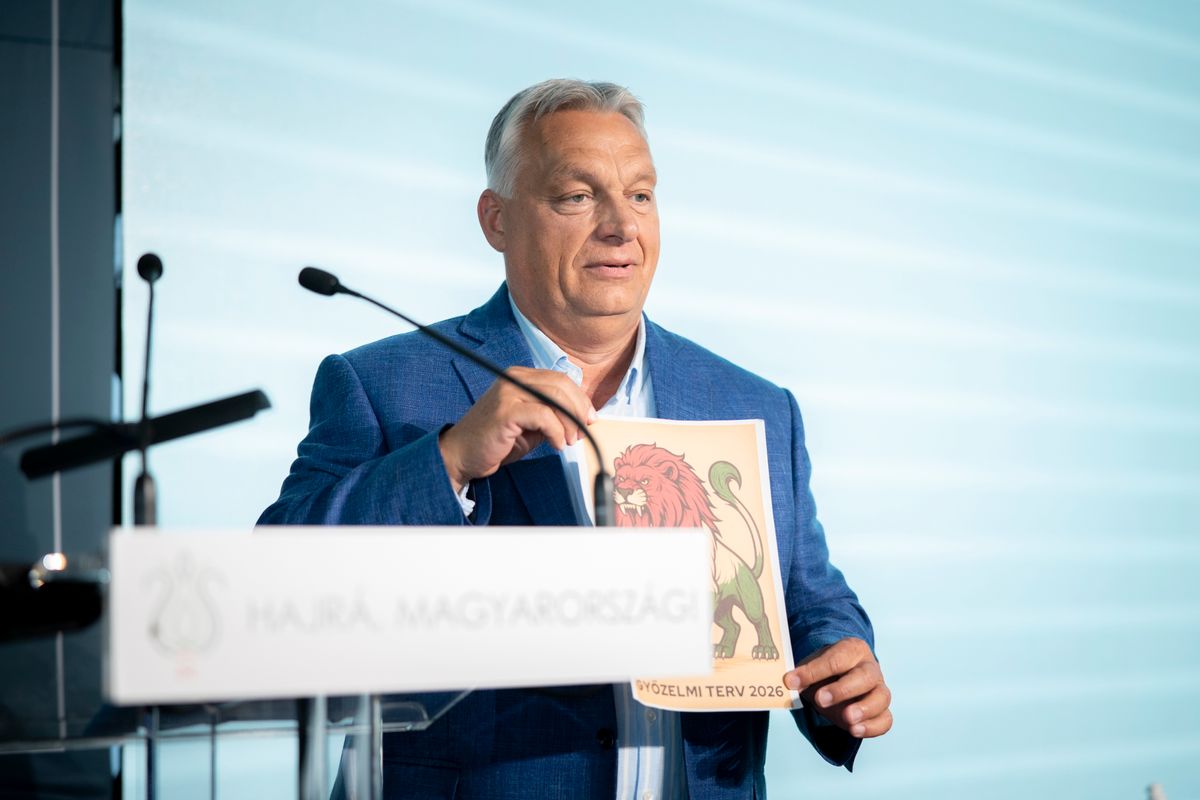
This year, Orban’s Kotcse speech was broadcast publicly for the first time, whereas it had traditionally been delivered behind closed doors. The prime minister himself acknowledged that addressing a broader audience imposes certain limits. Yet Boros argued that in substance and depth, it was fully in line with his previous Kotcse speeches presented behind closed doors.
Two worldviews
According to the analyst, what was politically important—indeed campaign-defining—was that Viktor Orban clearly laid out Hungary’s place in the international order, the challenges we are facing, and what choices voters will have in April 2026. He explained the two competing worldviews and socio-economic philosophies: those shaping Western politics, the EU and Europe, and how they translate into Hungary’s domestic party politics. The analyst considers this the key message of the Kotcse speech.
The Prime Minister, he said, articulated what the national-conservative side and the governing parties represent, how they address short-term challenges and what long-term vision they offer to voters.
Conversely, just as earlier with the opposition Democratic Coalition (DK), today the Tisza Party represents the exact opposite: a leftist-liberal worldview with its corresponding social philosophy.
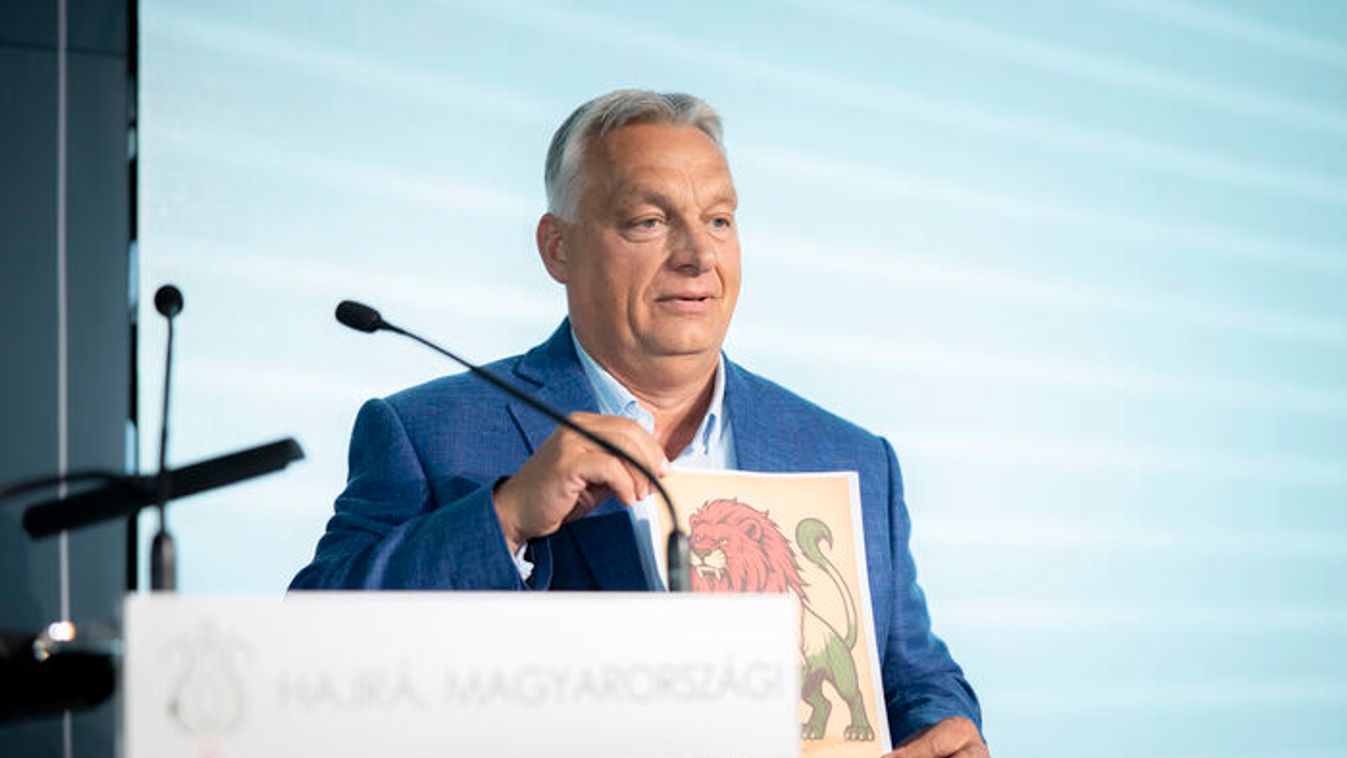
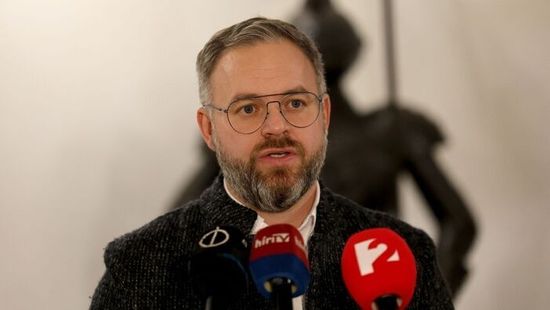
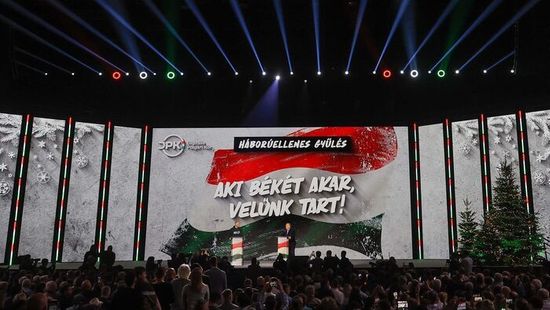
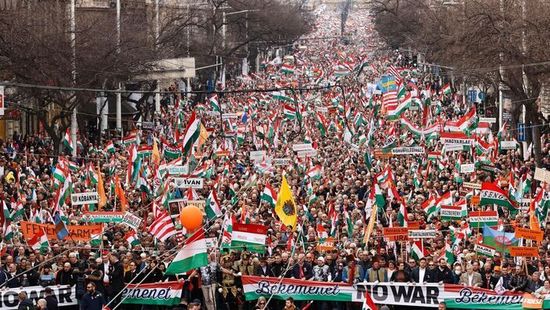
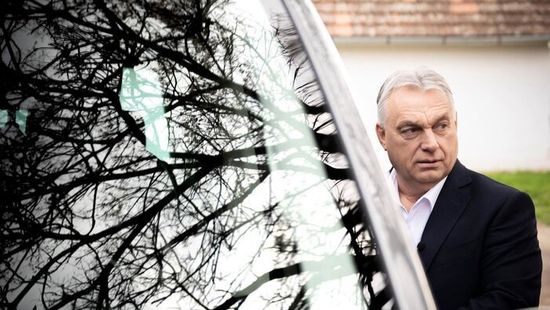

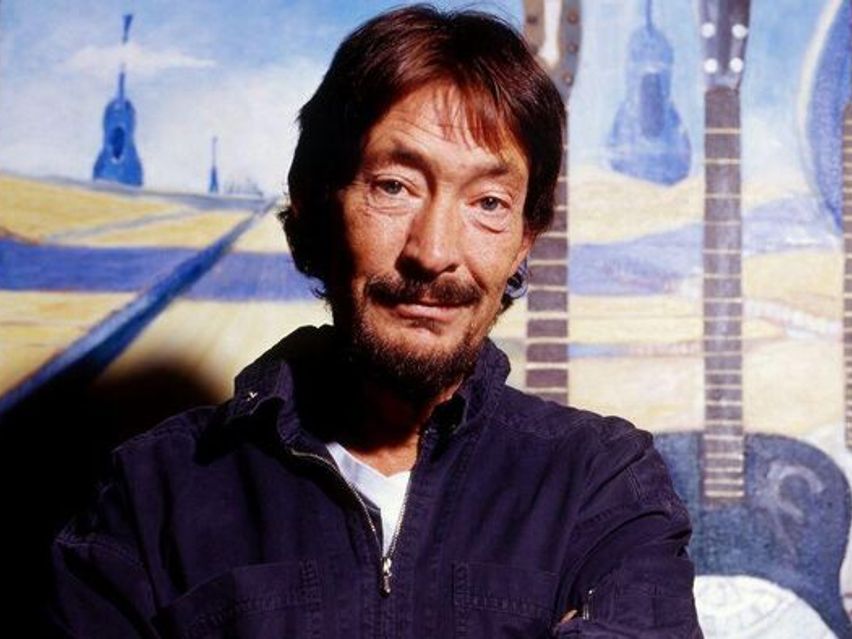

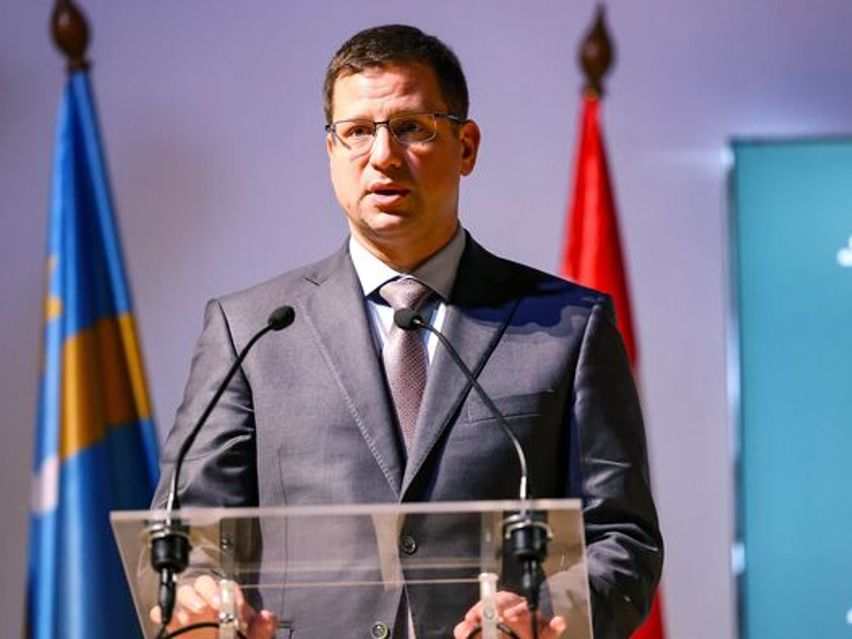
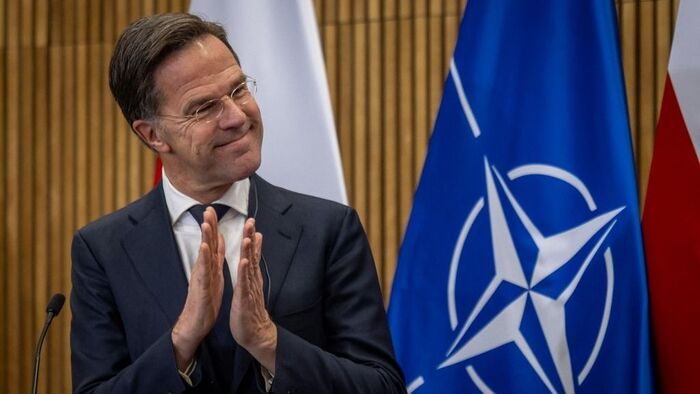

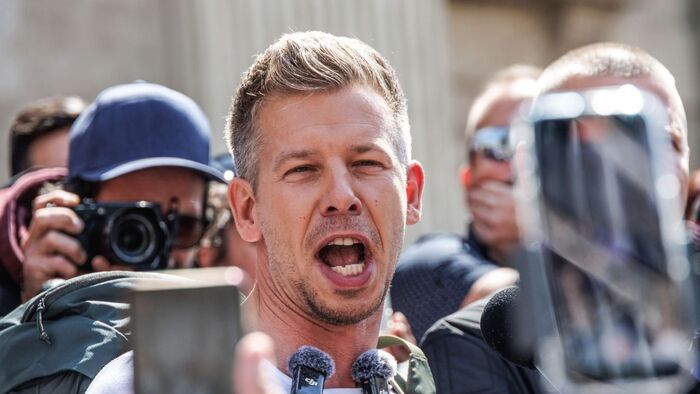
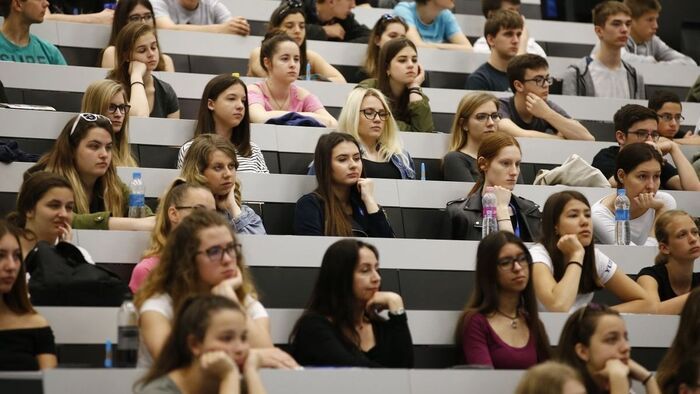

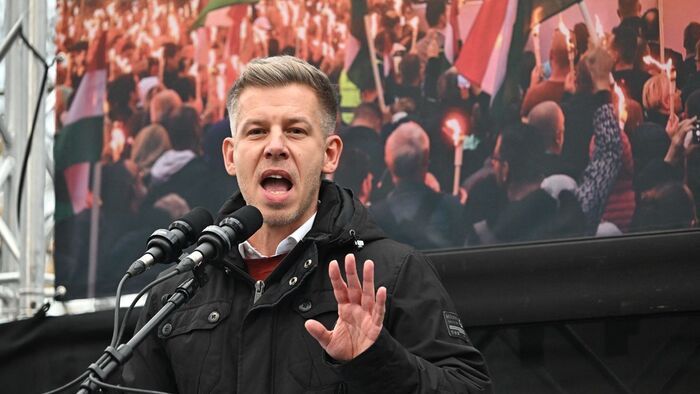
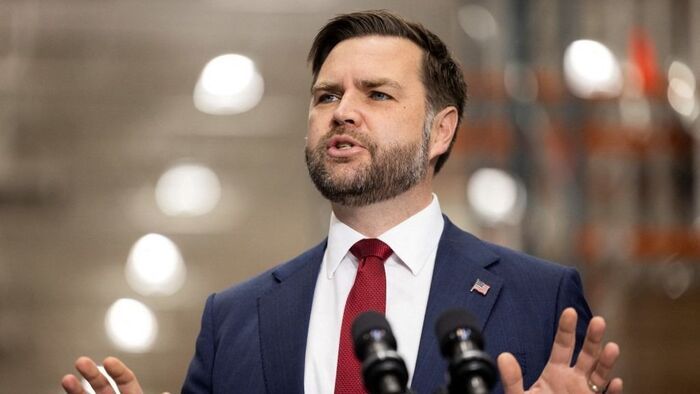
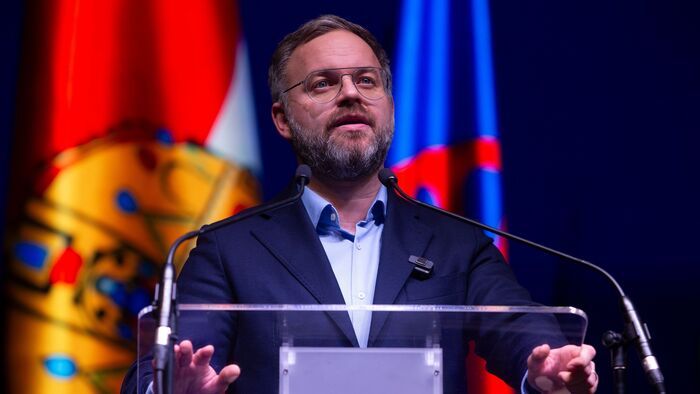
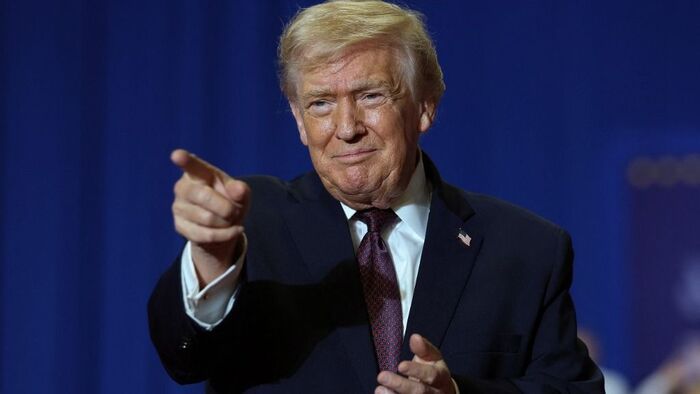


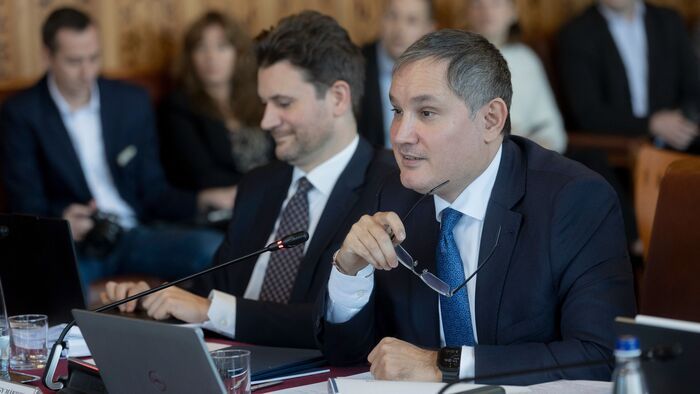


Szóljon hozzá!
Jelenleg csak a hozzászólások egy kis részét látja. Hozzászóláshoz és a további kommentek megtekintéséhez lépjen be, vagy regisztráljon!